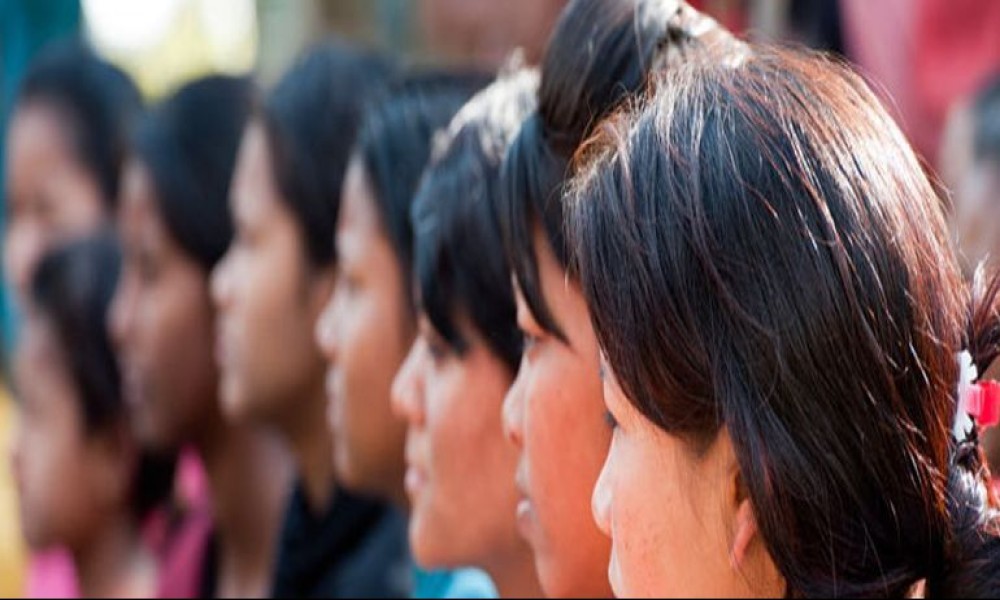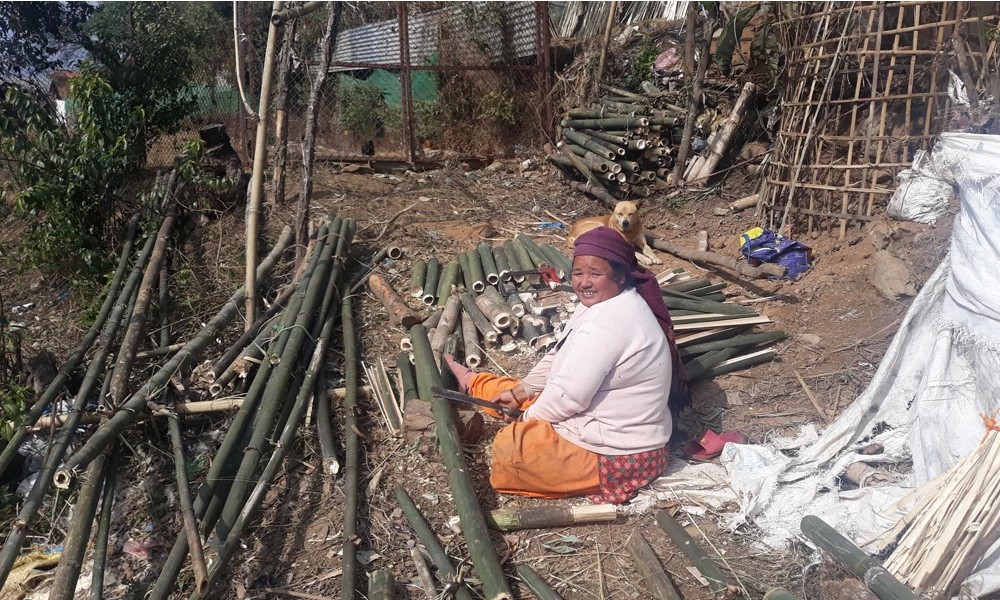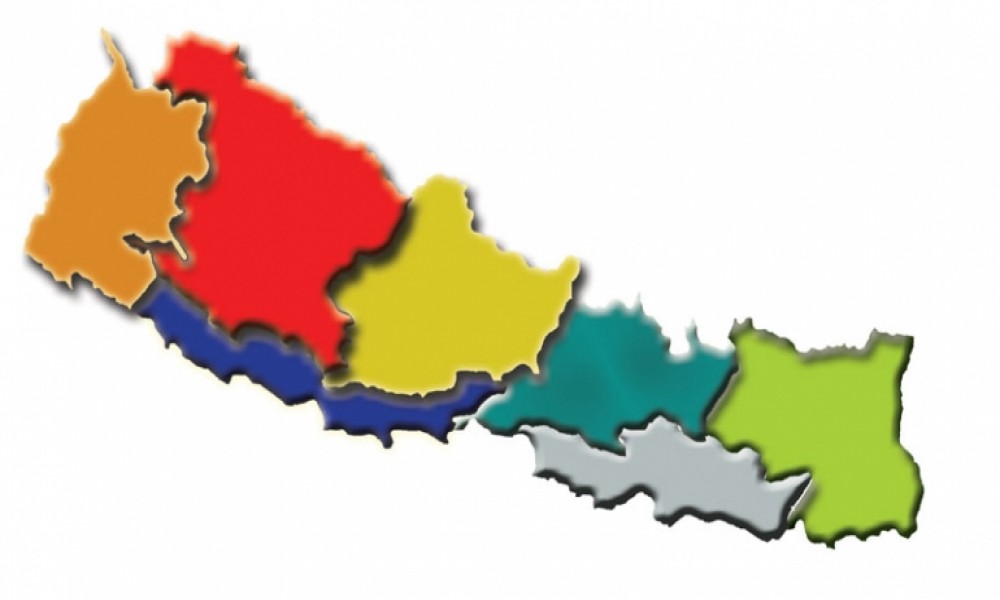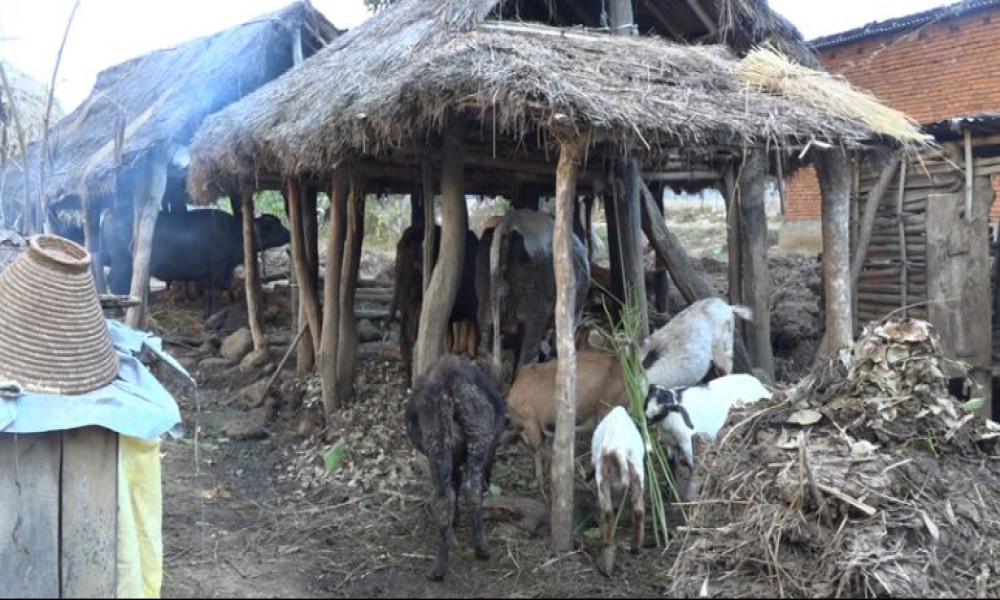SUMI DARLAMI
Nepali women from across all castes and ethnicities have long been going abroad to work. While many are able to send remittances, make savings and earn entrepreneurship skills, some return home with horrific tales of abuse and exploitation. But most of those women migrant workers who face trouble while working abroad are Indigenous women and Dalit.
Manju Gurung, former President of Paurakhi Nepal, a Kathmandu-based NGO that provides shelter, support and counseling to women migrant workers rescued from abroad, says: "We do not have research-based evidence to claim it, but our empirical knowledge is enough to conclude that most women migrant workers who are swindled by agents, or abused and exploited by employers are Indigenous peoples, Madhesi and Dalit".
Most of those women migrant workers who face trouble while working abroad are Indigenous women and Dalit.
Dilu Gajmer, a women rights activist working in Barahchhetra municipality of Sunsari district in eastern Nepal, fully agrees with Gurung.
Gajmer had recently collected data of all women migrant workers from Barahchhetra, who have returned home after suffering from financial exploitation and abuse by employers. She says: "I found out that mostly Dalit or indigenous women have bad experience about migration."
According to the Department of Foreign Employment (DoFE), a total of 4,599,567 have obtained labour permits to work in various overseas job markets by the end of the last fiscal year. And 218,273 of them are women.
Although the number of women who have obtained labour permits so far seems to be just a fraction of the total volume of migrant workers, their actual number is believed to be much higher because most women have been migrating illegally, especially after the government imposed a ban on Nepali women taking up jobs as housemaids in Malaysia and the Gulf countries.
Remittances sent home by Nepali migrant workers have played a significant role in keeping Nepal's economy vibrant through the tumultuous years of war and political instability. The latest living standard survey has shown that 56% of Nepali families receive regular remittances, with each family getting an annual remittance of Rs 80,436 on an average. Women migrant workers' share in the total remittance volume might be smaller, but their contribution cannot be ignored.
migrant workers from indigenous community are more vulnerable to being swindled because they cannot express well in Nepali language, and because they lack access to state mechanisms. This is why they are more prone to financial, mental and physical abuses.
While lauding women migrant workers for their contribution to the economy, it would be unfair to turn a blind eye to their struggle and hardships. After the ban, they are being trafficked to the forbidden labour destinations via third countries -- India, Myanmar and the Maldives. Most women migrant workers who suffer on this long and dangerous migration are from indigenous communities.
Laxmi Acharya of Tikapur says: "migrant workers from indigenous community are more vulnerable to being swindled because they cannot express well in Nepali language, and because they lack access to state mechanisms. This is why they are more prone to financial, mental and physical abuses".
-Indigenous Feature Service









